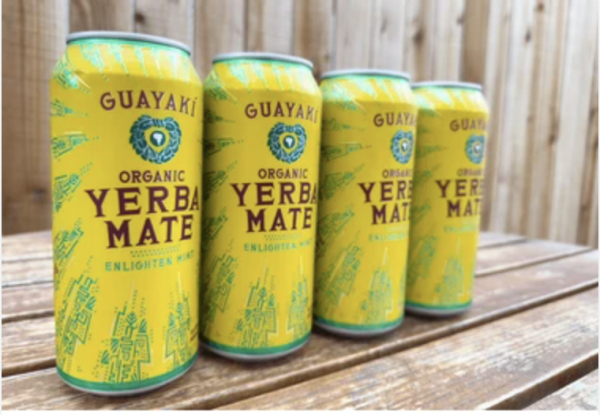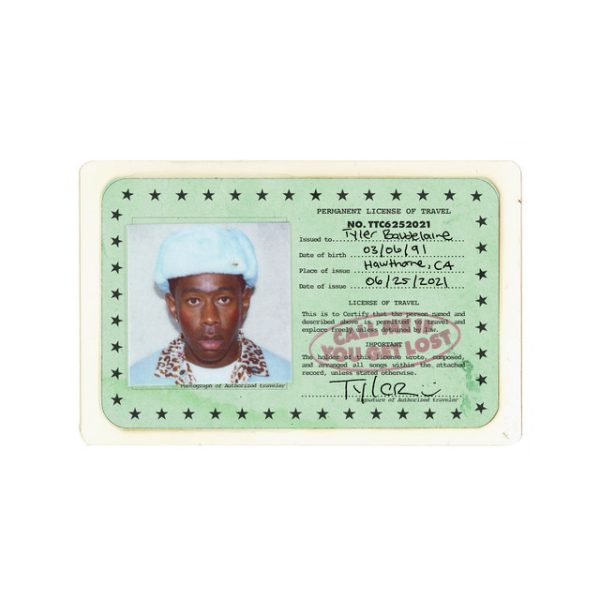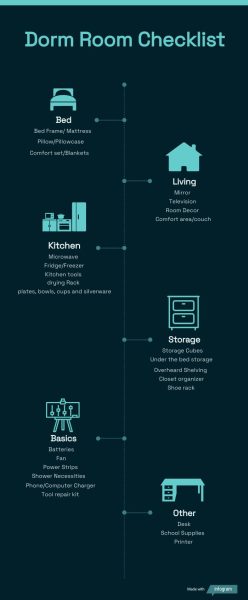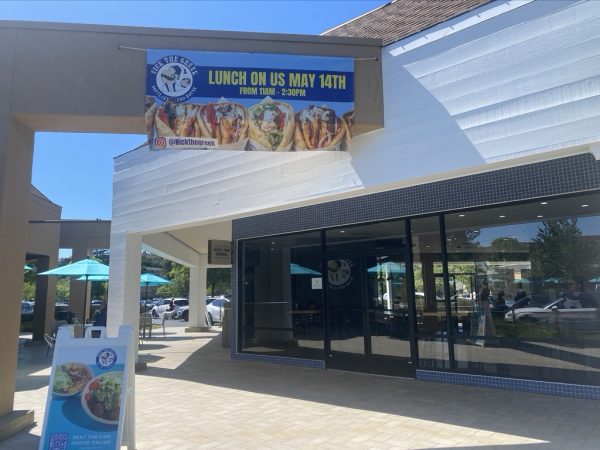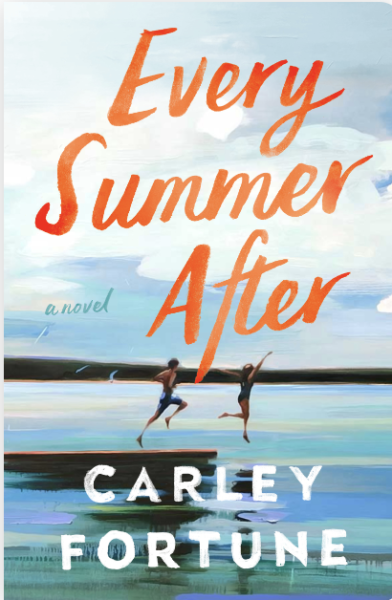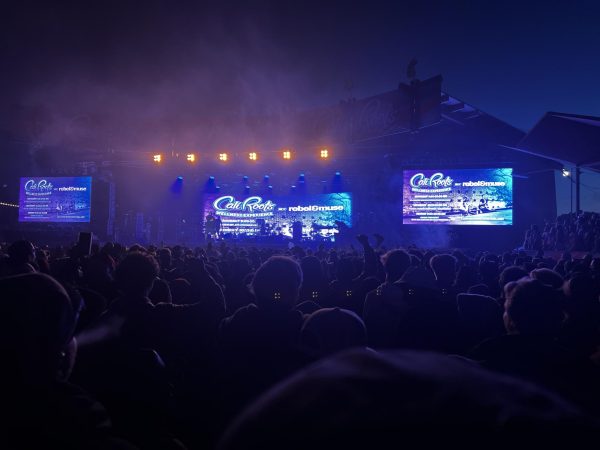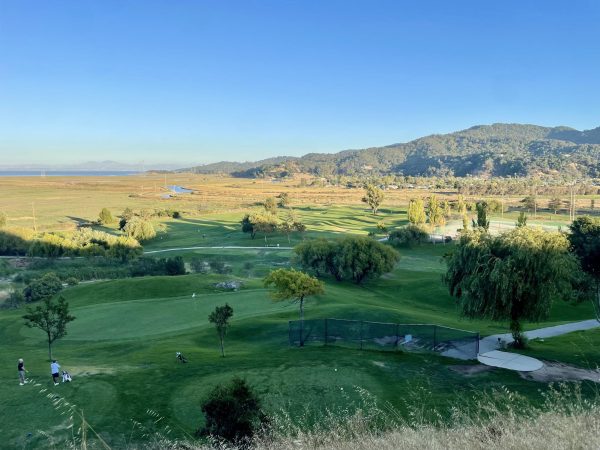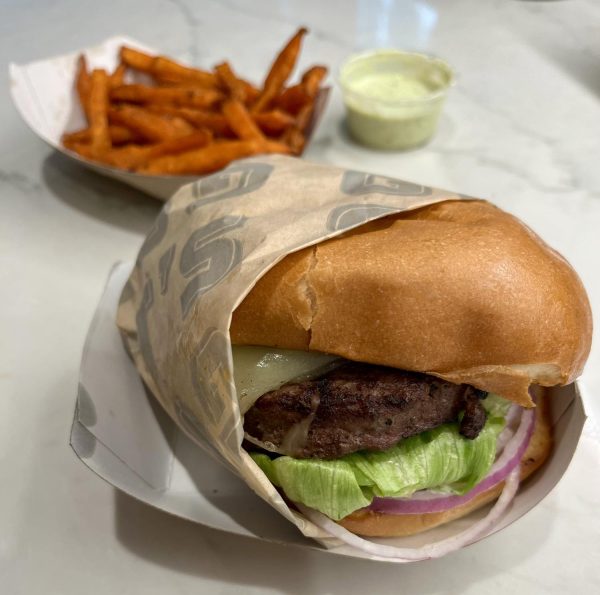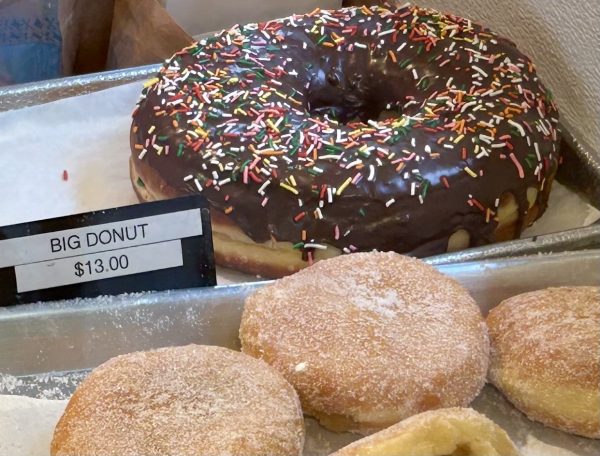Going down the line of the best surf spots in the bay
September 10, 2021
Living in the Bay Area provides students with a wide variety of outdoor activities to explore, including cruising down Mount Tam on bikes, trail running around Phoenix Lake and even surfing the cold Pacific Ocean. Learning to surf in the Bay Area can be intimidating and oftentimes it can be hard to find the perfect surf spot for your skill level. Understanding the swell, (a series of waves), tides and types of wave breaks makes it easier to find exceptionally great surfing.
While there are plenty of surfable beaches in the Bay Area, some of the best three are Bolinas, Fort Cronkite and Ocean Beach. These locations suit all types of surfers in terms of community and waves that best fit their style.
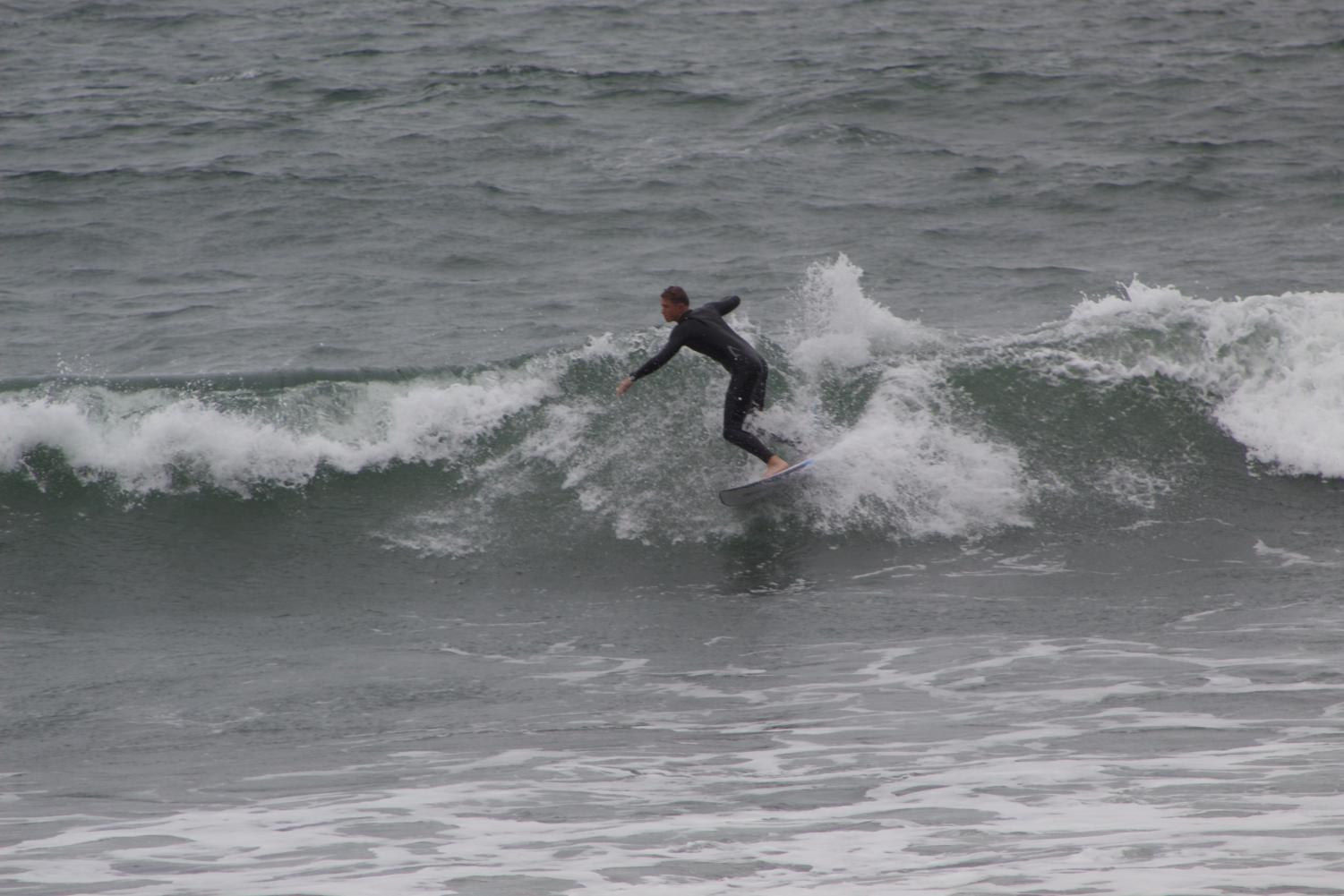
Bolinas Beach:
Bolinas Beach, with varying wave difficulty, is a perfect place for surfers of all skill types. The one downside, however, is the long trip out there, the road is windy and it has limited parking space. Ultimately, it is definitely one of the best surf spots in the Bay Area. The community here feels like one giant family; there is always a possibility of running into a surfer you met at an earlier session. The surfers give each other tips, help find the right waves and tell each other stories of their experiences in and out of the water. At Bolinas Beach, the waves are typically two to three feet high, and although the weather can vary, it tends to be fairly sunny. There are two parts of Bolinas Beach where surfers can catch waves; Bolinas Jetty and Bolinas Point. The Jetty, which is off to the left of the wall, provides a substantial swell for both longboarders, soft top borders, short boarders and everybody in between. Longboarders can find longer waves to the right side of the wall down to the point, which has various names including “the slab,” “the garden” and even “the patch.” In this area, less experienced surfers can also catch the white water waves which are small and easier to ride.
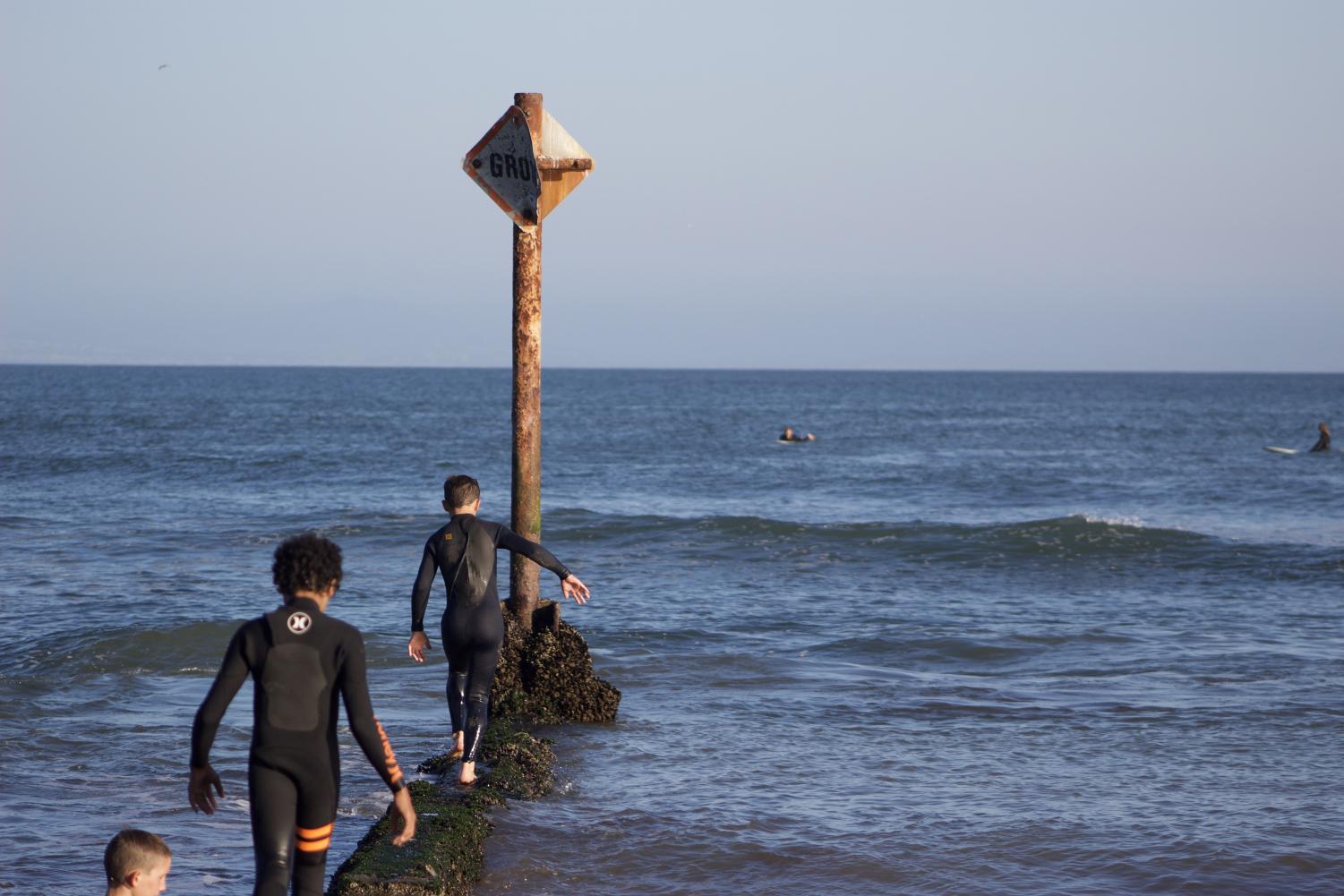
Fort Cronkite/ Rodeo Beach:
Fort Cronkite, also referred to as Rodeo beach and more commonly called Cron by locals, is one of the easiest surf spots to access because of its short, 19-minute drive from Redwood, as opposed to the 55-minute drive to Bolinas Beach. Around 4:00 p.m., many Redwood students come to short-board on Cron’s three to four foot waves. The shore break is perfect for carving and pumping through the 63-degree, bone-numbing water. Through the different seasons, the weather is very unpredictable and can keep many surfers away from Cron. During fall and winter there is usually a layer of fog on the beach which makes for a very cold trek from the ocean back to the parking lot. The waves come in sets about every 20 minutes and generate around 10 waves per set. I highly recommend Fort Cronkite for short borders and for those with busy schedules who are looking for an easily accessible location. Like Bolinas, Cron has a tight group of surfers who are constantly communicating and cheering each other on after a good wave.
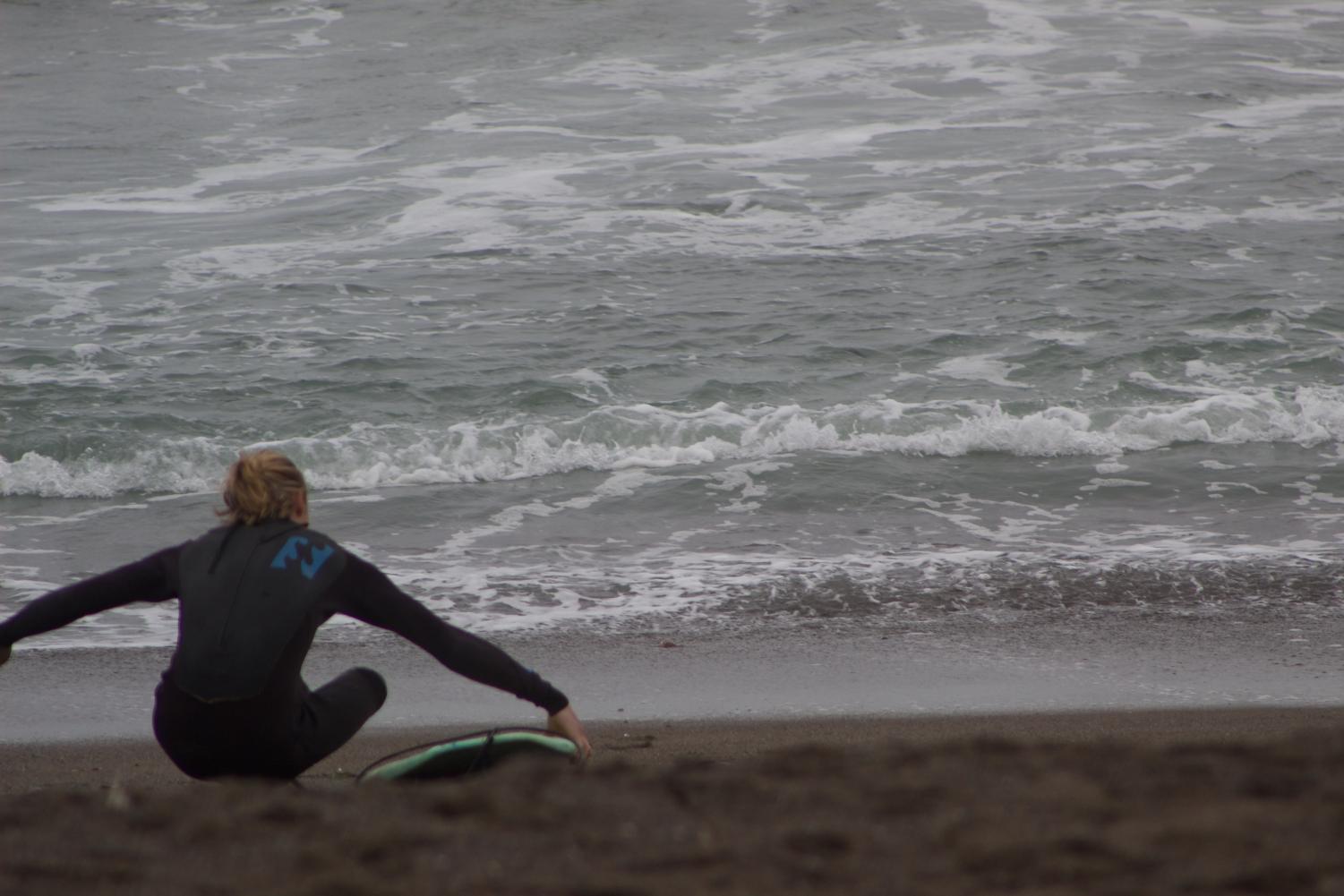
South Ocean Beach:
South Ocean Beach is one of the more rigorous surf locations in the Bay Area. The swell is typically larger in the winter and fall months, which draws more experienced surfers. The waves typically range from three to five feet, which is suitable for longboarders and short boarders alike. The most difficult part of this location is the break that forces surfers to paddle a significant distance out from the beach. The best time to come to this spot is in the morning, around 6:00 a.m. to 12:00 p.m; later in the afternoon the waves are not surfable. Another great feature of this location is the ample parking availability. You can go virtually anywhere along the beach and find easy parking and sufficient waves to surf. Although the weather conditions are almost always foggy and cold during the school year, some surfers take advantage as this creates less competition for the rides. The community here is definitely on the older side, but it creates an older sibling relationship between the younger surfers and the more experienced surfers.
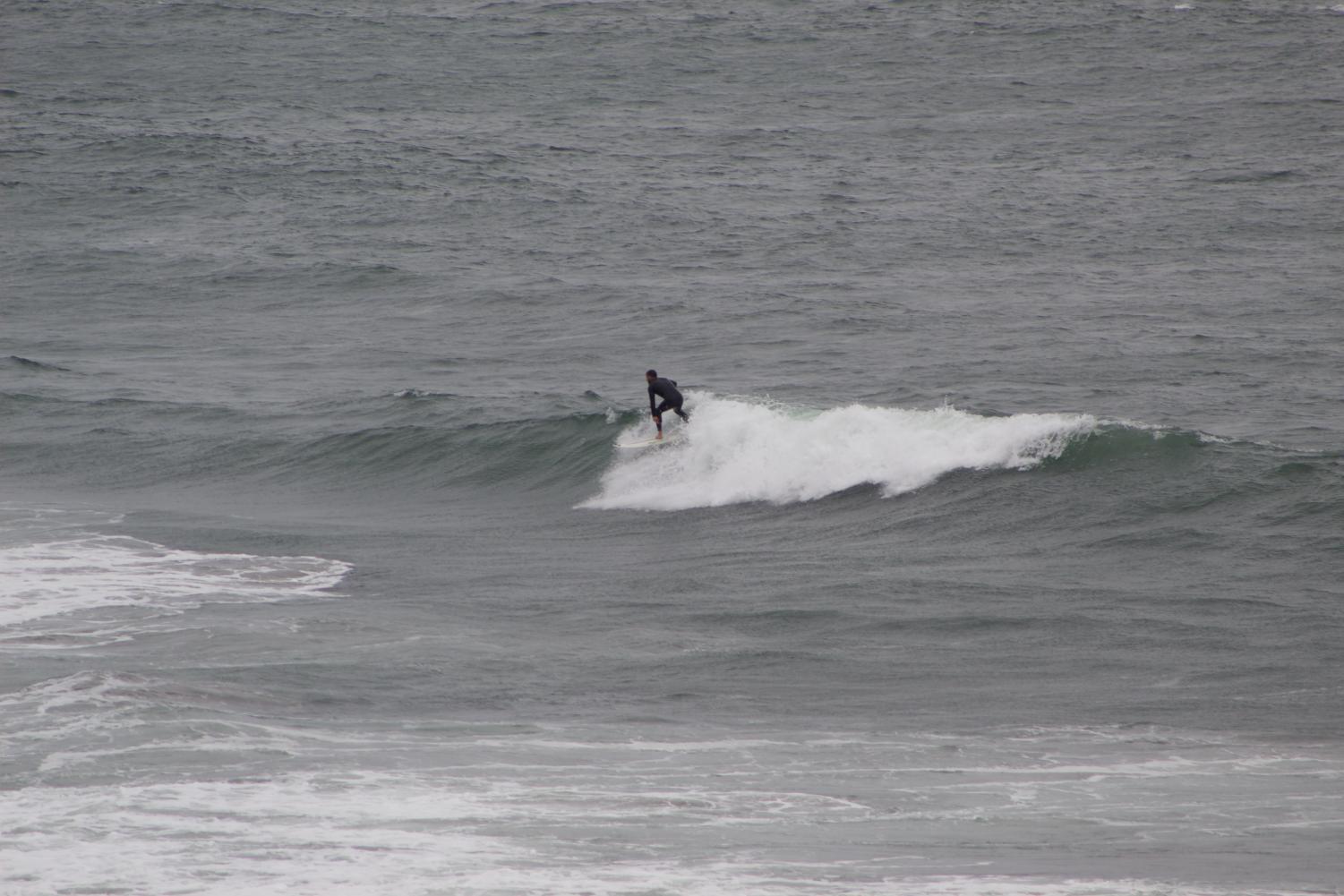
What makes these three locations notable is that they are easy to get to, safe and friendly to the entire spectrum of surfing skill levels. Surfing is not only about participating in a sport though, it’s also about meeting new people. Ultimately these three locations provide everyone with surfable waves and a solid community of people. Now go out there and have a swell time!








